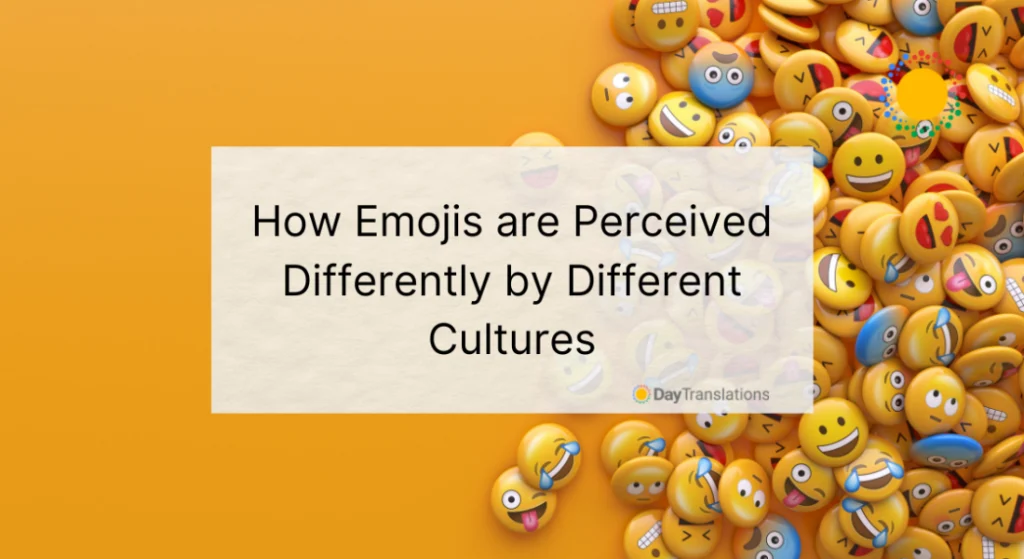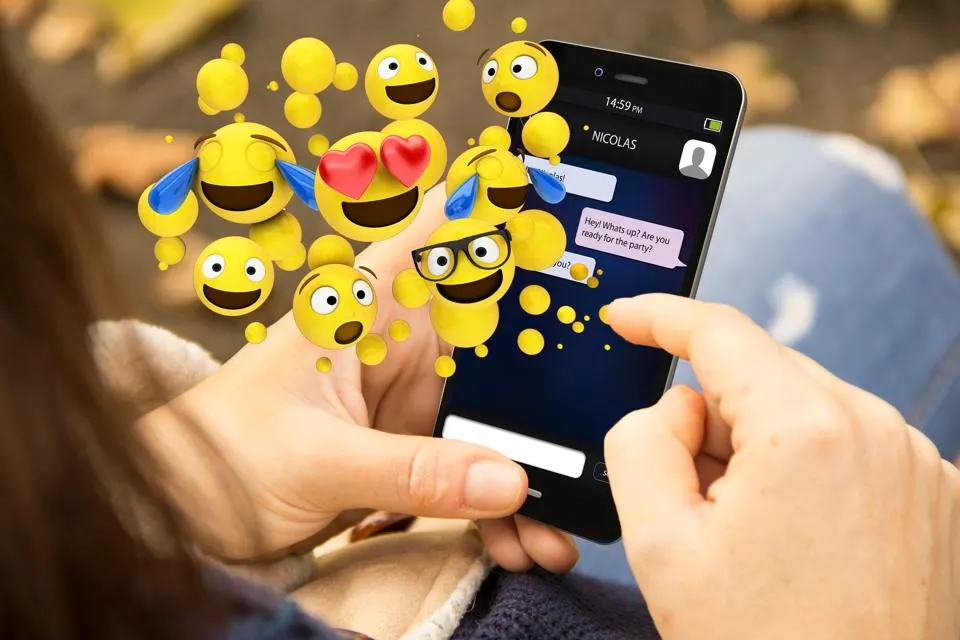Emojis translate emotion in ways that words often cannot, making them a powerful part of online communication. But their meaning can shift across cultures, showing how emojis translate emotion differently around the world.
Understanding Emoji Interpretation in Different Cultures
In today’s digital world, emojis have become a powerful part of global communication. Whether you are sending a text, commenting on a post, or replying to a message, emojis help express emotions quickly and clearly. They add tone and context that plain text often fails to capture.
But here’s the interesting part: while emojis look the same worldwide, their meaning isn’t always universal. The same emoji can be understood in very different ways depending on the country, culture, or language of the person using it. What seems playful in one culture could feel offensive in another.
This article explores how emojis translate emotion across languages and cultures, and why understanding these differences matters for marketers, businesses, teachers, and even casual users who want to communicate without confusion
Why Emojis Are Called the Language of Emotion
Many people call emojis the universal language of the internet. But instead of being truly universal, emojis work more like emotional symbols. Their interpretation depends on:
- Local habits and communication styles
- Cultural and social beliefs
- Language differences and context
People use emojis to:
- Express happiness, sadness, anger, or love
- Add humor, sarcasm, or subtlety to digital conversations
- Strengthen or soften tone in professional or casual settings
- Replace words in quick chats or casual texting
The visual image remains the same, but the way it is emotionally understood changes from culture to culture.
How Different Cultures Interpret Emotional Emojis
Let’s take a closer look at how emojis are used differently around the world:

1. English-Speaking Countries (USA, UK, Australia)
In English-speaking cultures, emojis are often linked to humor and sarcasm.
- Laughing emojis are common in jokes and memes
- Thumbs-up is casual and friendly agreement
- Eye-roll emojis are used for dry humor, sarcasm, or annoyance
Here, emojis help lighten the mood and make messages more expressive.
2. Arabic-Speaking Countries
In Arabic cultures, emojis often carry values of respect, politeness, and family connection.
- Gentle faces avoid sounding too harsh
- Hearts can represent kindness and spirituality, not just romance
- Prayer or folded hands emojis are common in greetings and blessings
Here, emojis add warmth and respect to everyday communication.
3. Spanish-Speaking Regions (Latin America & Spain)
In Spanish-speaking cultures, emojis are lively, bold, and full of passion.
- Strong emotional icons show excitement or enthusiasm
- Hand gesture emojis are used to emphasize words
- Romantic and flirty emojis appear more openly in casual chats
These cultures use emojis to make conversations animated, energetic, and emotionally clear.
4. Korean and Japanese Cultures
In East Asian cultures, emojis often reflect politeness and emotional balance.
- Subtle faces show calm or gentle emotions
- Food and lifestyle emojis are common, reflecting K-culture and J-culture
- Even serious conversations may include soft, cute emojis to maintain harmony
Here, emojis help create a non-confrontational and respectful digital tone.
5. Indian Subcontinent (Hindi, Urdu, Tamil, etc.)
In India, Pakistan, and neighboring countries, emojis often reflect joy, family, and celebration.
- Celebration icons appear during festivals
- Hearts and laughter are common in family group chats
- Religious or cultural icons add blessings and positive energy
This shows how emojis are woven into cultural traditions and family communication.
Why Cultural Understanding of Emojis Matters
Emojis may look simple, but they carry hidden meaning. If you are a:
- Business or brand targeting global customers
- Content creator or influencer with international followers
- Student or teacher in an online classroom with diverse learners
- Marketer or professional writing emotional campaigns
…then you need to understand how emojis are perceived by different audiences.
- A wrong emoji may create misunderstanding or offense.
- A carefully chosen emoji can build trust, relatability, and cultural respect.
In short, knowing regional emoji meanings is just as important as knowing the local language tone.
How Emojis Create Connection Beyond Words
Break language barriers by expressing feelings instantly.
Add personality to plain text messages.
Build trust in digital conversations.
Strengthen cultural and emotional understanding.
Make online communication more relatable and human.
The Role of Emojis in Cross-Cultural Communication
Emojis help bridge language gaps, but they must be used wisely. Here’s why:
- They act as a visual emotional shortcut when words fail
- They make online communication faster and more engaging
- They can unite global users by expressing shared feelings
- But they can also cause misinterpretation if cultural context is ignored
This balance is why marketers, teachers, and global businesses study emoji interpretation in different regions before using them in campaigns or lessons.
Use Our Emoji Copy Paste Tool for Cross-Cultural Messaging
At File Converter, we’ve designed a free Emoji Copy Paste Tool that helps anyone communicate better across cultures and languages.
With this tool, you can:
- Browse emojis by category and meaning
- Copy them instantly without confusion
- Understand which emojis work best for different contexts
- Use them in social media, emails, blogs, or group chats
Whether you’re texting in Arabic, writing in Spanish, or creating English content, this tool helps you avoid mistakes and express emotions more effectively.
Try it here: Emoji Copy Paste Tool
The Global Power of Emojis
Emojis may seem like small digital icons, but they play a big role in global communication. They help us:
- Express emotion beyond words
- Connect across different languages and cultures
- Make online conversations more personal and engaging
- Build emotional bridges in professional and casual settings
Understanding how emojis translate emotion across languages allows you to communicate with respect, clarity, and confidence.
So next time you send an emoji, remember—it may look the same, but its meaning could be different depending on where it lands.

